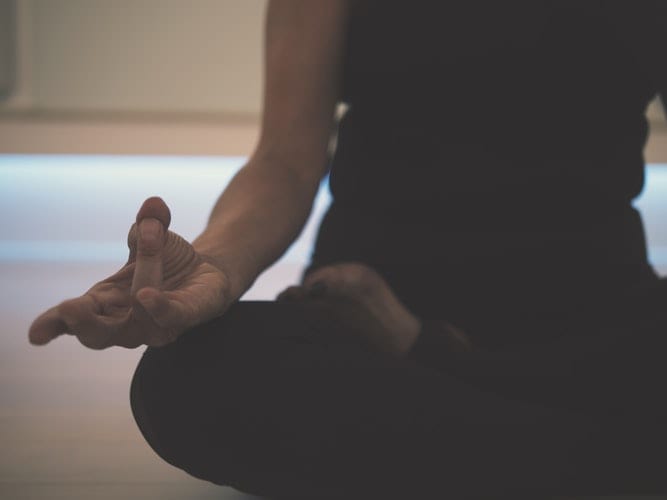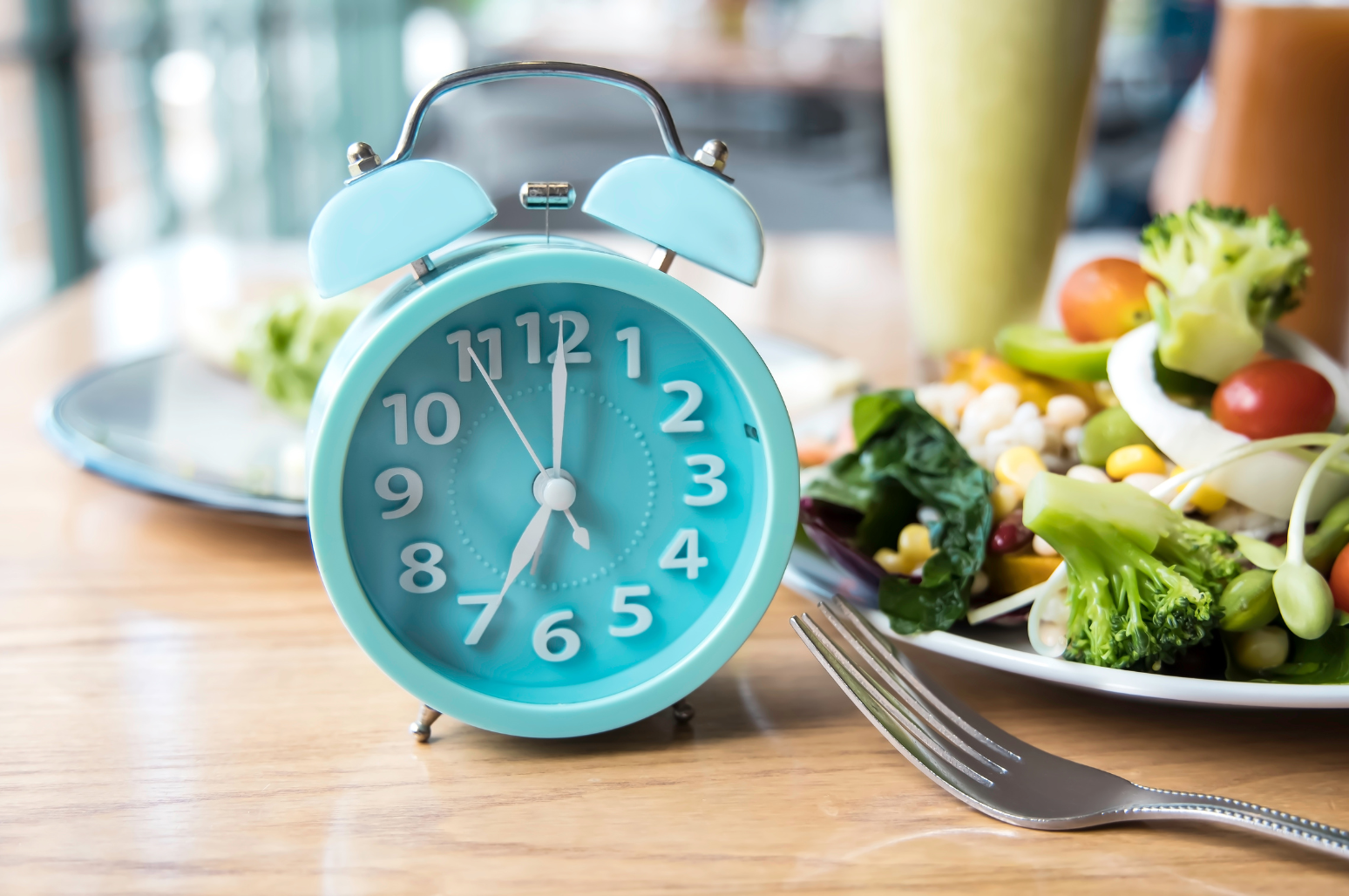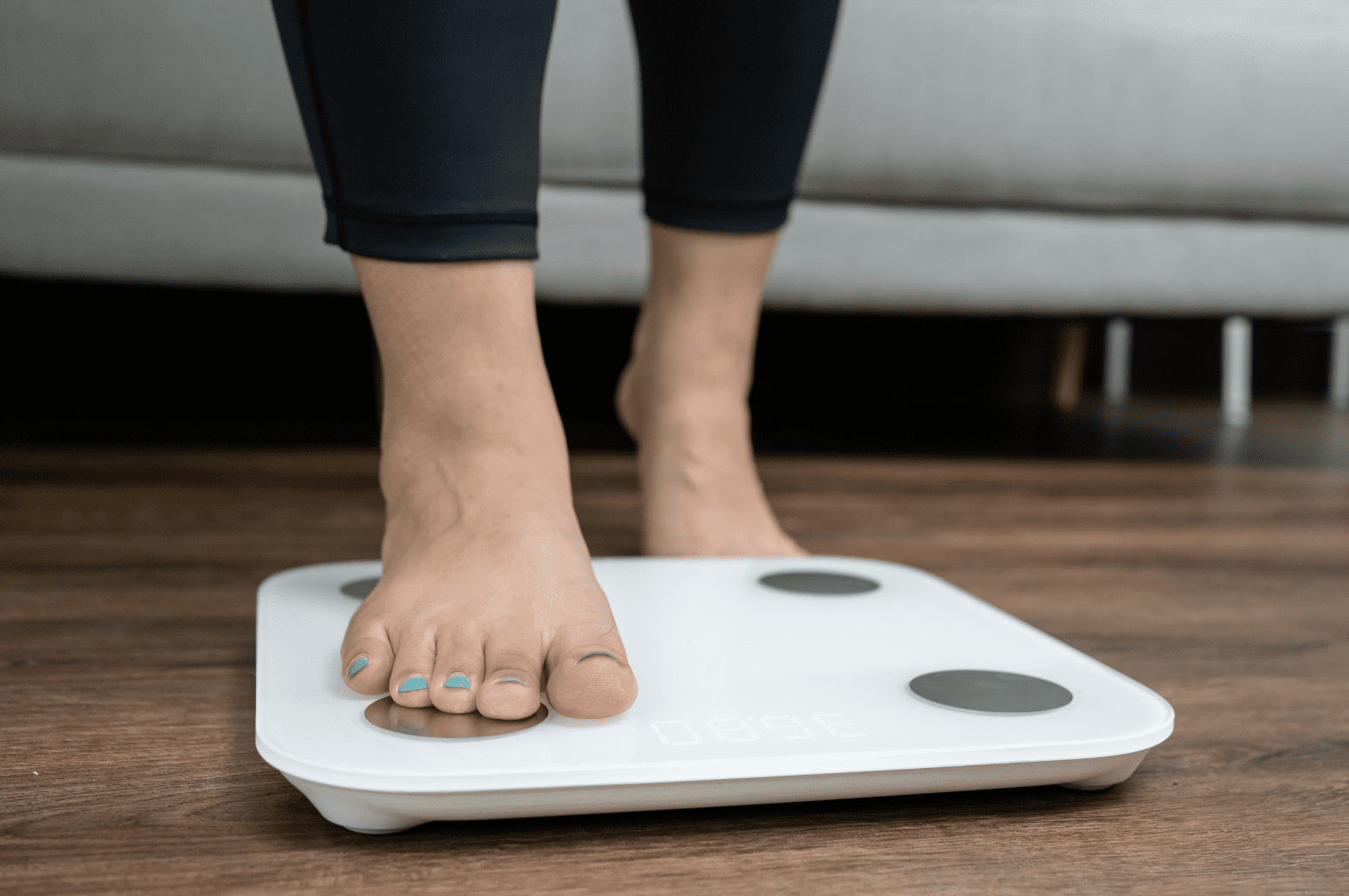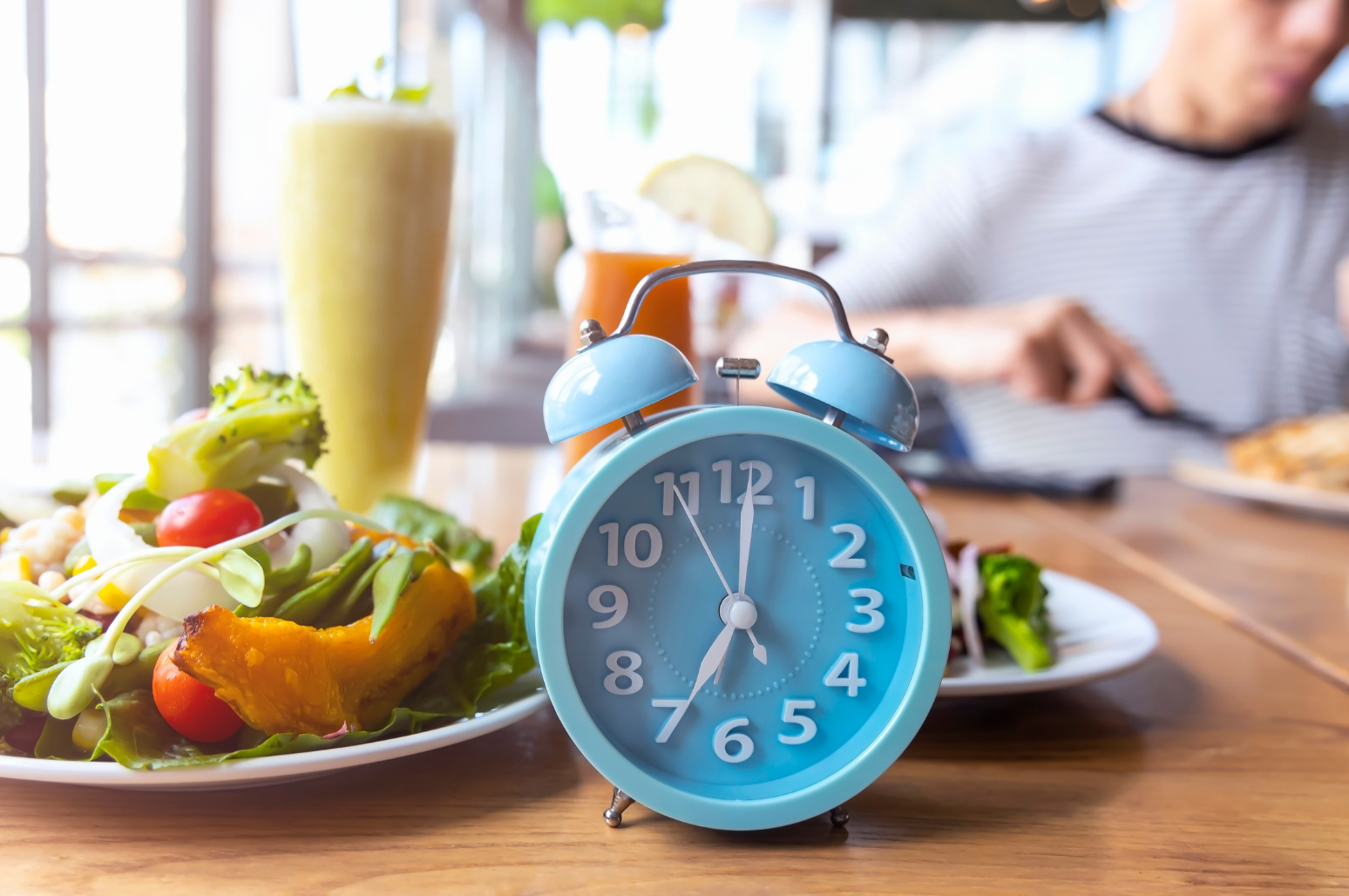
1. Wake up at the same time every day (and only 1 hour later on weekends)
You’ve probably heard that our bodies are “creatures of habit”. This is true in many aspects and we get used to responding to certain daily cues. Making it a point to start your morning routine by waking up at a very similar time every day will create repetition and allow the brain and body to know what to expect. If your mind doesn’t have to second guess what is happening day after day, it will be one less thing to worry and stress about during your morning routine.
2. Get natural light exposure (what if waking up before sunrise?)
In one of Ben Greenfield’s articles, he talks about light and circadian rhythms. Firstly, he mentions that we have light receptors all over our brains… therefore it would make sense how light exposure could “wake our brains up” through stimulation of these receptors. But what happens if you wake up before the sun comes up or live in a part of the world that remains dark for longer periods of the day? Don’t worry, there might be a solution for you! In Ben’s article he references a study where 50 individuals were divided into 2 groups, with 1 group shining light into their EARS for 12 minutes and the other using “sham” earbuds with no light. [1] What they found is that the group with light into their ear “increased functional connectivity in the light stimulus group compared to sham controls.” Ben links a specific brand called the “Human Charger” that you can also check out for yourself.
3. Play some music
Who doesn’t love music? With all the genres out today, I’m sure there is at least one that can make you want to dance  around your house or ease your stressed-out mind. If you are someone that wakes up groggy or wanting to throw a temper tantrum in bed, maybe choosing something more relaxing and inspirational will be your best bet… whereas if you just need a little slap in the face to jolt your senses, something a little more “hype” could do the trick! Just don’t choose something that will ultimately stress you out (learn more about the negative effects of this later). If music is something that will be more of a hinderance than help, try out a podcast on your favorite topic or to learn about something new. My personal favorite is Dr. Ryan Lowery’s “What The Fat”. His episodes are full of insightful topics in small chunks that don’t require big blocks of your time.
around your house or ease your stressed-out mind. If you are someone that wakes up groggy or wanting to throw a temper tantrum in bed, maybe choosing something more relaxing and inspirational will be your best bet… whereas if you just need a little slap in the face to jolt your senses, something a little more “hype” could do the trick! Just don’t choose something that will ultimately stress you out (learn more about the negative effects of this later). If music is something that will be more of a hinderance than help, try out a podcast on your favorite topic or to learn about something new. My personal favorite is Dr. Ryan Lowery’s “What The Fat”. His episodes are full of insightful topics in small chunks that don’t require big blocks of your time.
4. Add in gratitude, meditation, yoga, or light exercise
All four of these things have been proven to reduce stress and release neurotransmitters that can positively effect mood. Gratitude and meditation can also allow for you to start your morning with a positive mindset. As Dr. Lowery always says “be thankful that you woke up today… not everyone did”. In the midst of our busy and possibly chaotic  life, there are still things that you have that others don’t—a home, job, friends, clean water, or your LIFE! Just by changing your perspective, you can change your whole day… which can turn into days… that can turn into months. See how you can be a light in a world of darkness and #makepositivitylouder In addition to the positive mindset, starting your day with a simple form of exercise can give you a sense of accomplishment because you have already completed a task even before you get to work. You also get your blood pumping and increase the delivery of oxygen and nutrients to your muscles and organs. While you have a heart that circulates your blood naturally, lymph depends on the motions of the muscles and joints. Why is this important to know? Because your lymphatic system is what helps to get rid of toxins, waste, and other unwanted materials along with the transportation of white blood cells that help fight infections. We live in a world that is overly static. Go for a morning walk in the sun. Do some yoga in the living room. Get an app or book that will guide you through some meditation practices. It doesn’t have to be super intricate.
life, there are still things that you have that others don’t—a home, job, friends, clean water, or your LIFE! Just by changing your perspective, you can change your whole day… which can turn into days… that can turn into months. See how you can be a light in a world of darkness and #makepositivitylouder In addition to the positive mindset, starting your day with a simple form of exercise can give you a sense of accomplishment because you have already completed a task even before you get to work. You also get your blood pumping and increase the delivery of oxygen and nutrients to your muscles and organs. While you have a heart that circulates your blood naturally, lymph depends on the motions of the muscles and joints. Why is this important to know? Because your lymphatic system is what helps to get rid of toxins, waste, and other unwanted materials along with the transportation of white blood cells that help fight infections. We live in a world that is overly static. Go for a morning walk in the sun. Do some yoga in the living room. Get an app or book that will guide you through some meditation practices. It doesn’t have to be super intricate.
5. Make your alarm clock one that wakes you up in your lightest sleep state
I’m sure you’ve heard of there being different stages of sleep and each one having its own benefits. Think about a time before technology and typical 9 to 5 jobs… how did people wake up then? Naturally when their body said it was time. Maybe you have done something similar on the weekends where you didn’t set an alarm and had no responsibilities before noon. You probably woke up gently, feeling fully refreshed and in a good mood. There are apps that will wake up in your lightest stage, keeping you from being scared awake and wondering what day and dimension you’re in. A popular one I use is called “Sleep Cycle”. It can also tell you statistics like the percentage of quality sleep that you got, if you snored or woke up, and how long you were asleep vs. how long you were just “in bed”. While these measurements aren’t perfect because they simply use the microphone in your smartphone, it can be useful to see trends over time.
6. Don’t hit snooze
Honestly, whoever created the snooze button must’ve been a mischievous person. Why else set an alarm for a certain time if the intention wasn’t to be up specifically then? And trust me, I know what it’s like to have to set multiple alarms 5 minutes apart to ensure you don’t oversleep—I used to be one of those people trying to be functional at 4:30am… and while I still have to be up at the same time now, allowing my body to wake up in its lightest state has kept me from getting pissed off and slamming that dangerous snooze button. (You can still use a formal alarm as a “late backup” if you’re not completely sold on this idea yet) A study from Harvard Medical School wrote an article over blue light and melatonin production. They found that “while light of any kind can suppress the secretion of melatonin, blue light at night does so more powerfully”. In addition to the earlier tip about getting adequate light during your morning routine, on the flip side is going back to sleep and how you will continue to produce melatonin.
7. Wait to consume caffeine
It has been well studied that cortisol levels are the highest upon waking—specifically in those undergoing unusual work schedules or stressful work environments. [3] With that being said, consuming caffeine while stress is elevated can have negative effects. Two studies were done on comparing caffeine in conjunction with elevated stress to cortisol levels. [4] [5] Both found that they were positively correlated with one specifically finding that “caffeine potentiated stress-related increases in plasma epinephrine and cortisol stress, more than doubling the responses observed in the control condition.” [5] Simply put, everyone’s cortisol levels are higher in the morning and if you are reaching for that cup o’ joe looking for improved energy and mood while being stressed, you are most likely just further perpetuating your stress levels. I would advise to wait at least 30-60 minutes before drinking your coffee to allow your cortisol levels to normalize some.
8. Know your circadian rhythm and adjust schedule IF possible
You’ve heard someone say they’re a “morning person” or a “night owl”. More and more is being studied on the validity of this and what’s considered to be a person’s “chronotype”. I know from personal experience that earlier in the year when I have to be up at 4:30am, compared to later in the year at 7:00am, I feel less rested and ready to take on the day even after shifting my bedtime to earlier. Some say that our internal clock in deeply encoded in our genes and is something that is hard to completely flip. A study involving 2,492 people looked at the effects of different chronotypes associated with personalities and compared them to sleep duration and nightmare frequencies. Let’s focus on the sleep duration findings though, which found that “morning types slept less at weekends than evening types, and evening types showed longer sleep latencies.” [2] Personally being more of a night owl myself, I feel the struggle of all my fellow night thrivers considering we live in a world where “the early bird gets the worm”. However, the same can go for a morning person that has to work the graveyard shift. If you are someone where your work schedule and natural circadian rhythm match, consider yourself lucky! If not… trying to close the gap between your work and natural schedules could be tricky—which is more of a reason to get on a schedule and morning routine to allow your body to pick up on the predictability.
9. Add 15 minutes to when you would normally wake up
This one is something I have also learned from personal experience and could potentially cost you your job! We all have the same 24 hours in a day. What you do with all that time is up to you for the most part. Considering the fast-paced world we live in, people are constantly trying to maximize time or squeeze as much into as little time as possible—this includes sleep. “Just 15 more minutes!” is something I know multiple people relate to on a cellular level. Is it worth the added stress though? We’ve already talked about cortisol levels being higher in the morning, especially under times of elevated stress. Why add fuel to the flame? Even if you are someone that is pretty organized, I would challenge you to add 15 minutes to your wake up time. This will allow for you to still be on time to your destination even if you spill coffee on your white shirt or forget to grab your work badge and have pull a 180º 5 minutes down the road. Plus, think about how much you will impress your boss by being 15 minutes early to work most days!
10. Take a shower
No, I’m not assuming you aren’t a cleanly person as it is… but we all know that people like to feel clean before getting into bed at night while minimizing the time it takes to get ready in the morning! I’m not trying to offend all my Nike shorts, over-sized t-shirt college girls, hoping in the shower for even 5 minutes can help to wake your senses and give you that feeling of refreshment.
References
What Is The Human Charger? (2018, June 19). Retrieved from https://bengreenfieldfitness.com/article/sleep-articles/what-is-the-human-charger/
Randler, C., Schredl, M., & Göritz, A. S. (2017). Chronotype, Sleep Behavior, and the Big Five Personality Factors. SAGE Open,7(3), Retrieved from http://journals.sagepub.com/doi/10.1177/2158244017728321
Lindholm, H., Ahlberg, J., Sinisalo, J., Hublin, C., Hirvonen, A., Partinen, M., . . . Savolainen, A. (2012, June 18). Morning Cortisol Levels and Perceived Stress in Irregular Shift Workers Compared with Regular Daytime Workers. Retrieved from https://www.ncbi.nlm.nih.gov/pmc/articles/PMC3581252/
Lovallo, W. R., Farag, N. H., Vincent, A. S., Thomas, T. L., & Wilson, M. F. (2006, May 2). Cortisol responses to mental stress, exercise, and meals following caffeine intake in men and women. Retrieved from https://www.ncbi.nlm.nih.gov/pmc/articles/PMC2249754/
Lane, J. D., Adcock, R. A., Williams, R. B., & Kuhn, C. M. (1990, June). Caffeine effects on cardiovascular and neuroendocrine responses to acute psychosocial stress and their relationship to level of habitual caffeine consumption. Retrieved from https://www.ncbi.nlm.nih.gov/pubmed/2195579/










